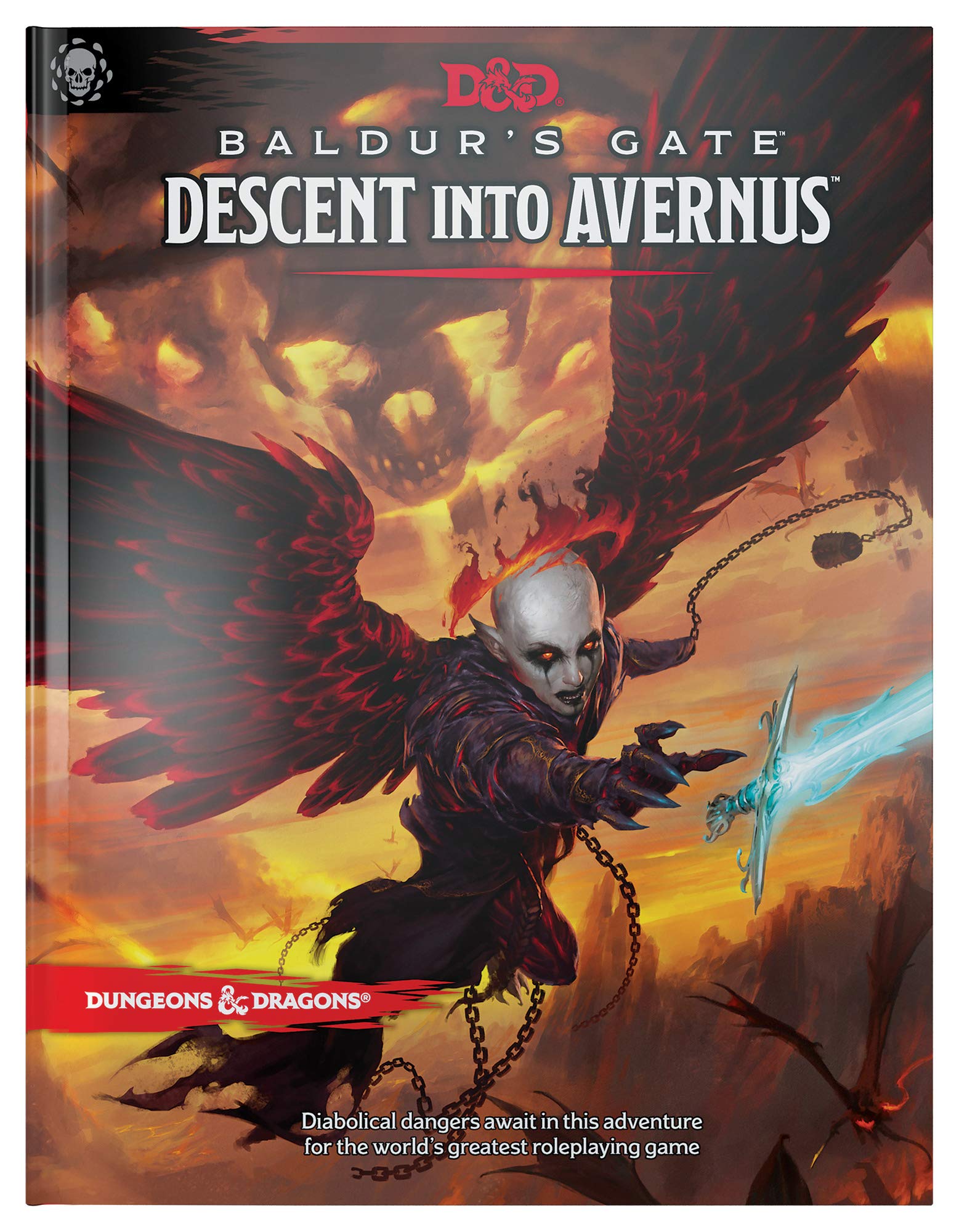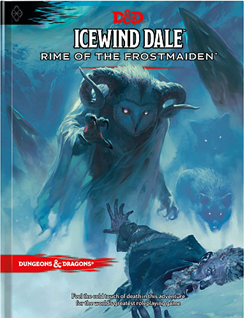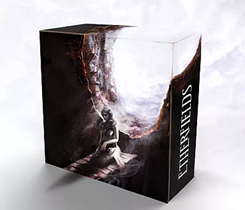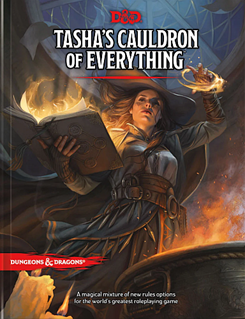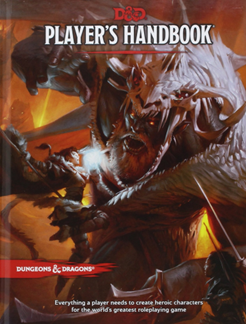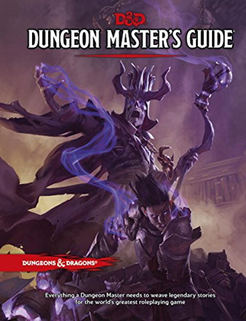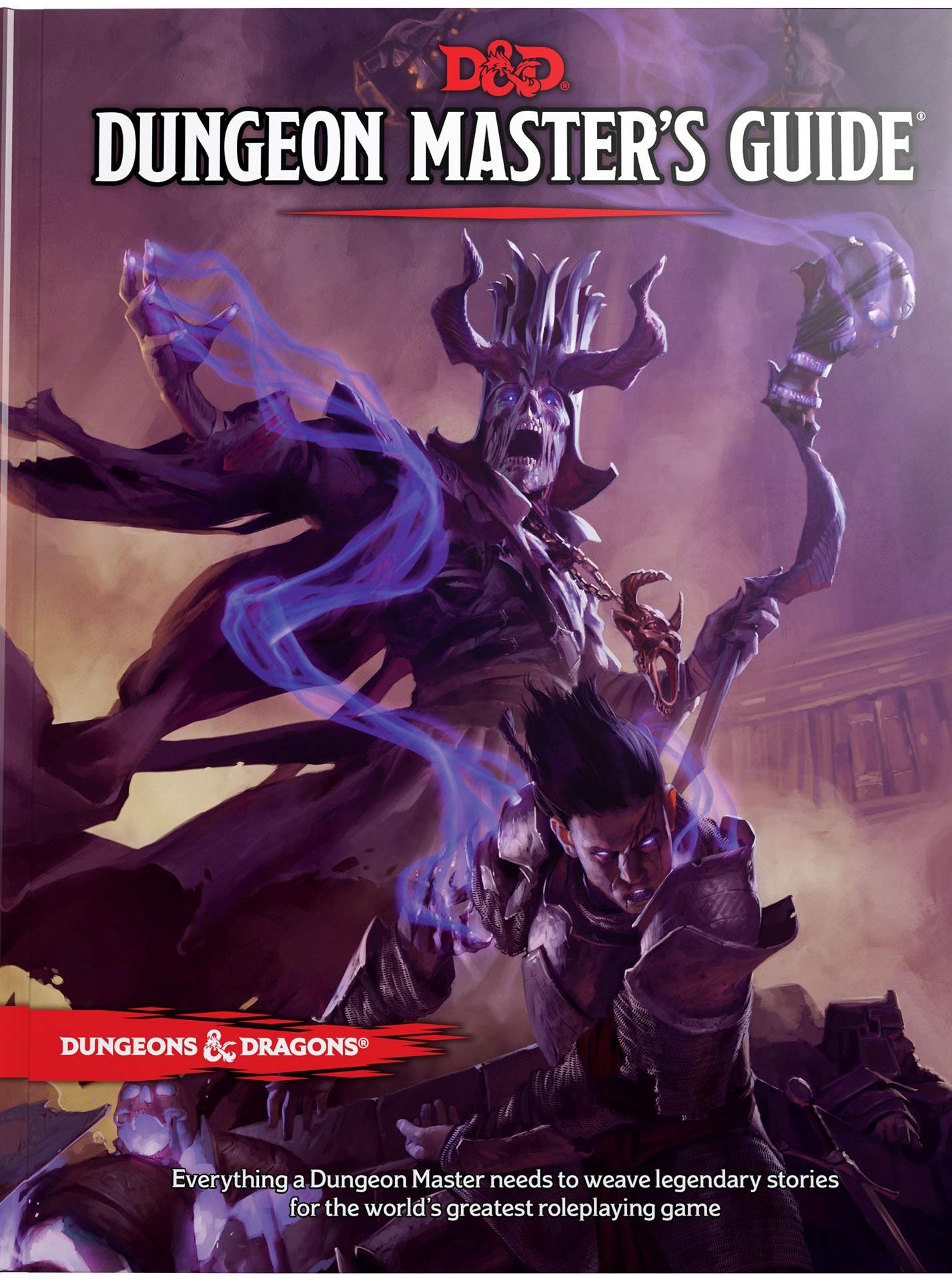
Skill and Ability Checks: Can You Reroll?
“Next time for sure!” One of the aspects of the Dungeons & Dragons rules that is somewhat missing is a discussion of whether or not you can reroll an ability (skill) check. This is something that various editions of D&D have treated differently. In first edition, the rule was generally no. In third edition, it was generally yes – with a few exceptions. So, which … Continue reading Skill and Ability Checks: Can You Reroll?

